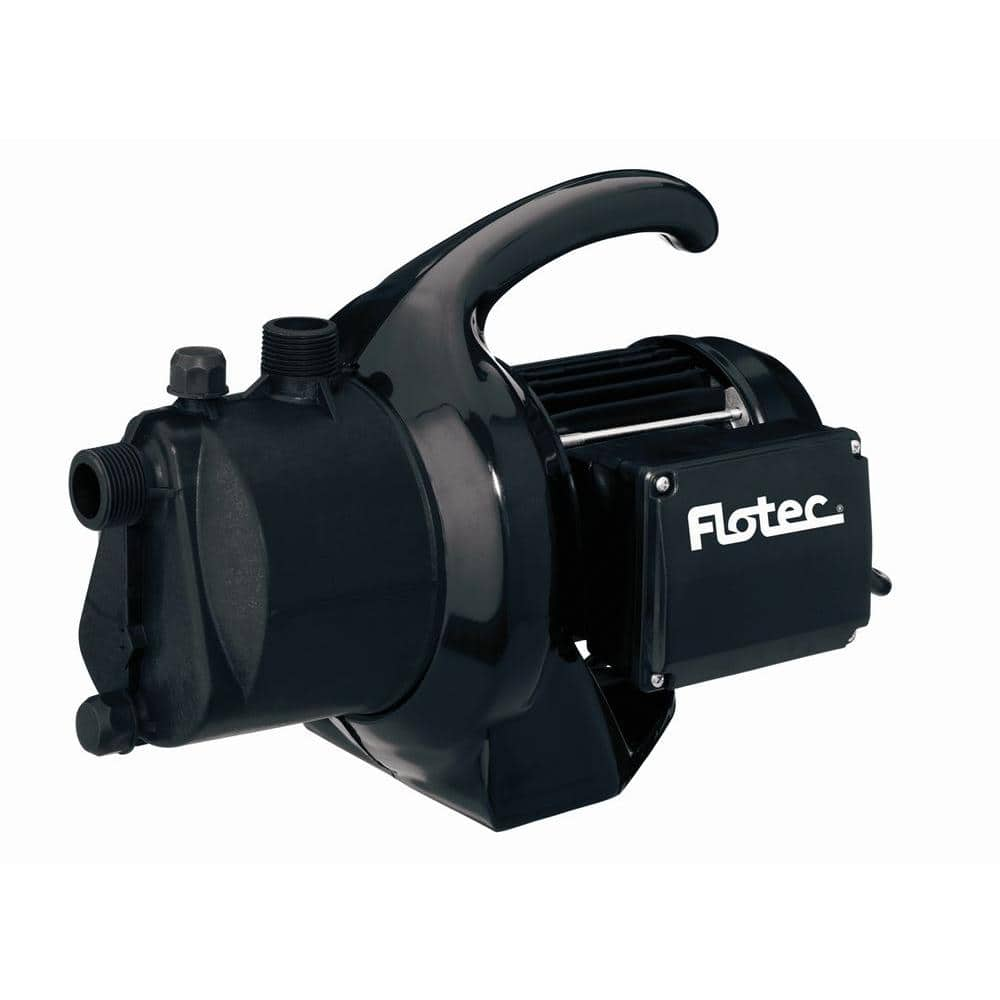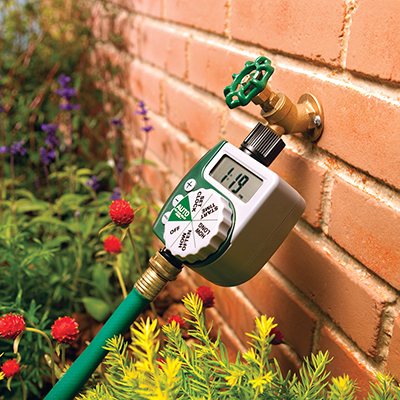Best Irrigation Pumps for Your Yard

Last updated September 7, 2023
Irrigation pumps are an important part of any irrigation system. There are different types of irrigation pumps with different technical features. Choosing a pump will mean understanding its capacity, power and efficiency. Read on to learn about how the different types of irrigation pumps work. Find out which one is best for your irrigation project, plus get installation tips.
Table of Contents
Types of Irrigation Pumps
Surface Centrifugal Pump
Turbine/Jet Pump
Sprinkler Pumps
Submersible Utility Pump
Understanding Pump Performance
Types of Irrigation Pumps

A well-performing sprinkler system provides an efficient and economical way to keep lawns and gardens lush. Your sprinkler system should have a steady, moderate stream of water that reaches your lawn, shrubs and plants equally.
Most yard sprinkler systems use one of four basic types of irrigation pumps: surface centrifugal, submersible, turbine or jet and propeller. The best irrigation pump will make sure each sprinkler head in your sprinkler system delivers the right gallons per minute (GPM) and pounds per square inch (PSI) for your yard.
Surface Centrifugal Pump
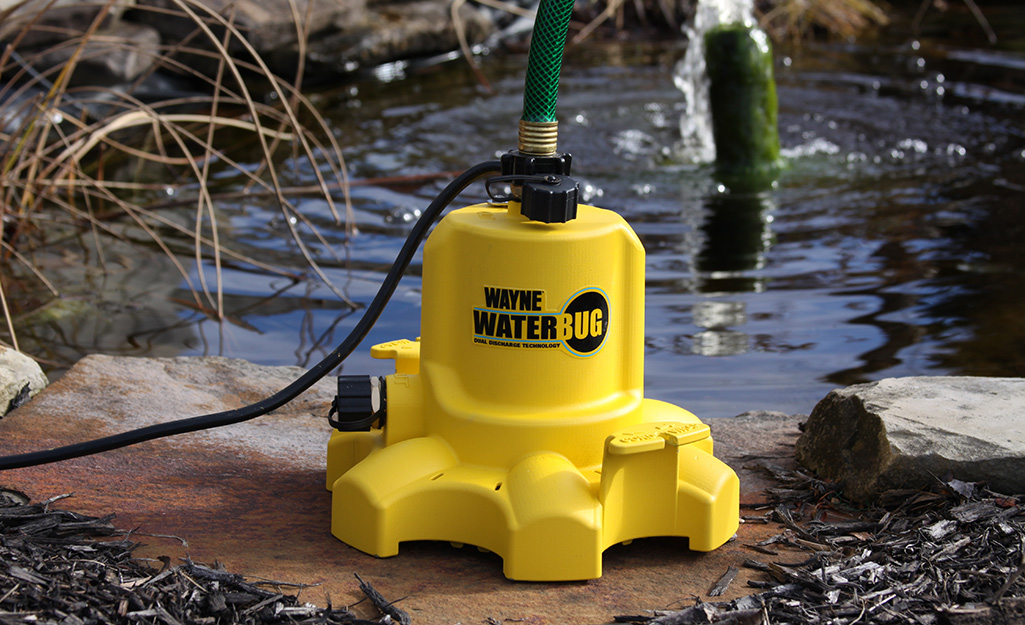
Surface centrifugal pumps draw water from a reservoir and are the most common sprinkler pump. They are budget-friendly and easy to install. Surface centrifugal pumps provide a constant flow rate and come in a wide range of capacities. They do have to be placed above water level and usually have to be primed.
Turbine/Jet Pump

Turbine or jet pumps are a combination of surface and submersible pumps. They use suction to bring water up into the sprinkler heads, so they work well in lawns where the water level fluctuates. Turbine or jet pumps operate quietly and don’t need to be primed. Periodically, you need to adjust the impellers so the pump runs efficiently. They also require a higher upfront investment and can be more difficult to install and repair.
Sprinkler Pumps
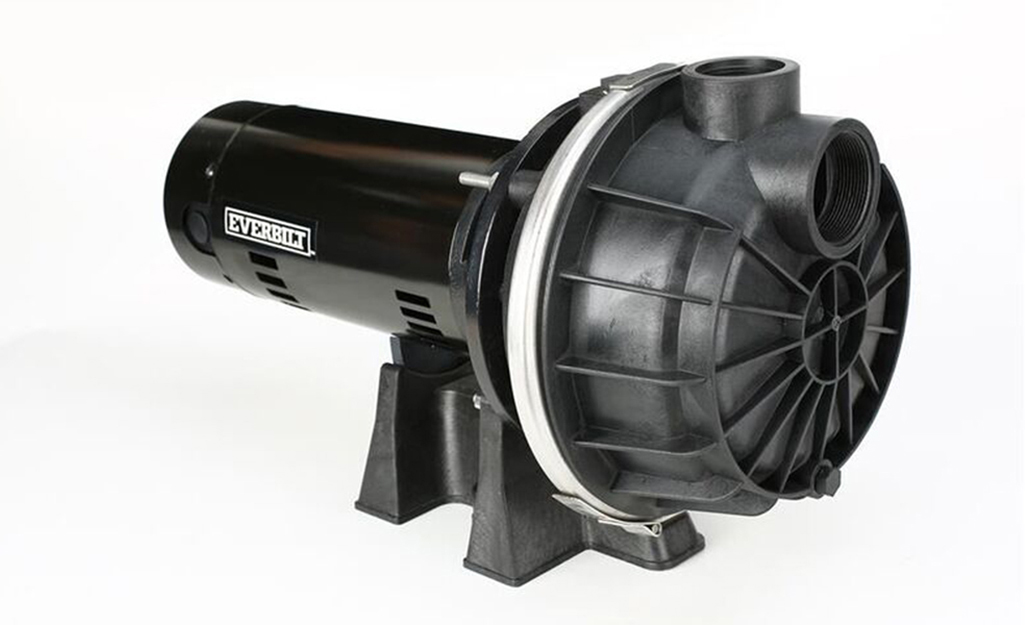
Sprinkler or propeller pumps provide high capacity and high flow rate. They draw water up into an outer casing and propel it out through an impeller. Sometimes sprinkler pumps cannot generate enough suction to lift water. This can lead to a low energy output. Propellers can be installed in a vertical, horizontal or angled. When compared to other common pump designs, they feature large flow capacities and do not have to primed.
Submersible Utility Pump
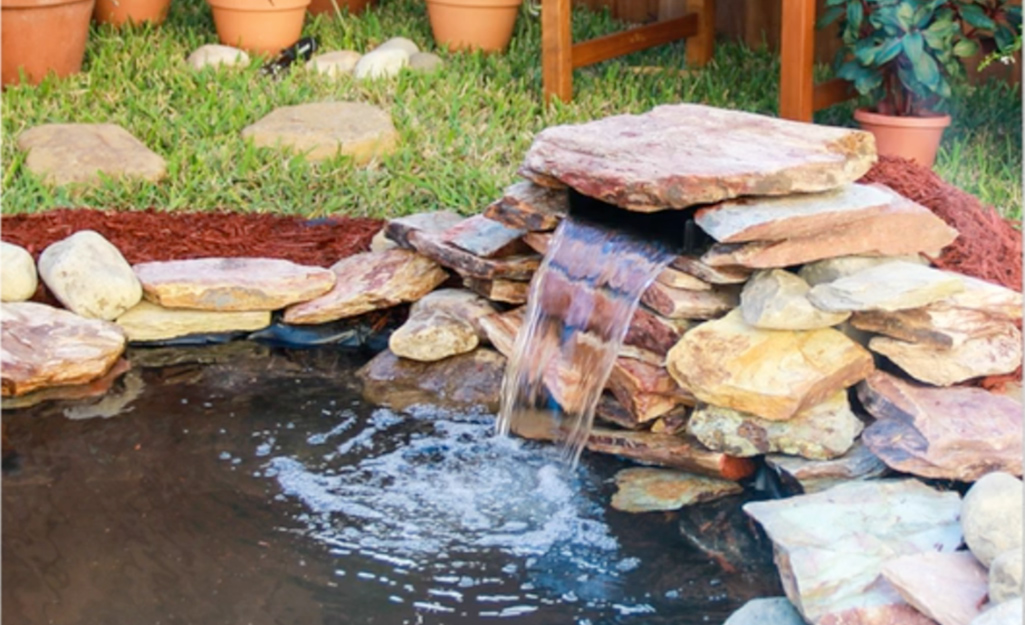
Submersible utility pumps have enclosed impellers for maximum efficiency. Easy to install, a submersible pump can have a dry motor that blocks water or a wet motor that lets water in. Unlike some surface types, submersible units operate entirely underwater and do not need to be primed. They are very efficient and do not overheat. They may require a higher upfront investment but are ideal for booster applications.
Submersible pumps are also used for waterscape features such as ponds and waterfalls. For clear water, choose a pump that can circulate the water once every couple of hours.
Understanding Pump Performance
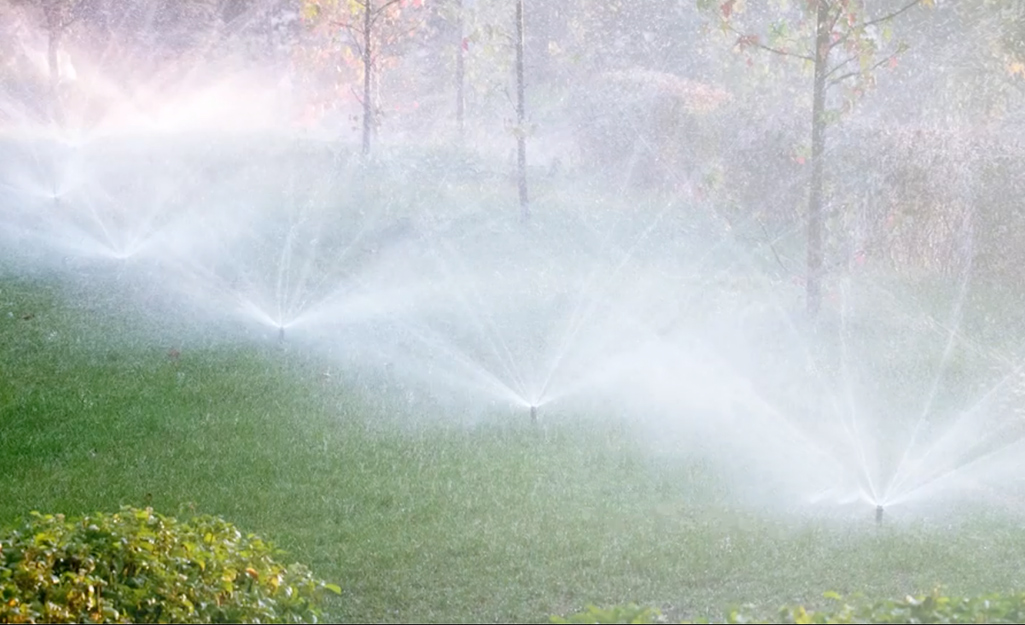
How well a lawn sprinkler system performs in a particular lawn depends on its capacity, flow rate and pressure.
- Capacity is the sprinkler system's ability to water all the area it needs to.
- Flow is the amount of water that moves through a sprinkler head during a certain amount of time. This is called the gallons per minute or (GPM) and is the most water your sprinkler can handle at a time.
- Pressure is the amount of water that a pump can flow over one square inch, or PSI (pounds per square inch).
All these factors are dependent on each other. For example, when a flow rate increases, the pressure decreases. The right irrigation pump can help balance all the performance factors properly.
Tip: Choose to lay shorter runs of pipes versus longer ones. The longer the pipe, the less efficient the water flow.
Irrigation Pump Maintenance & Winterization Tips
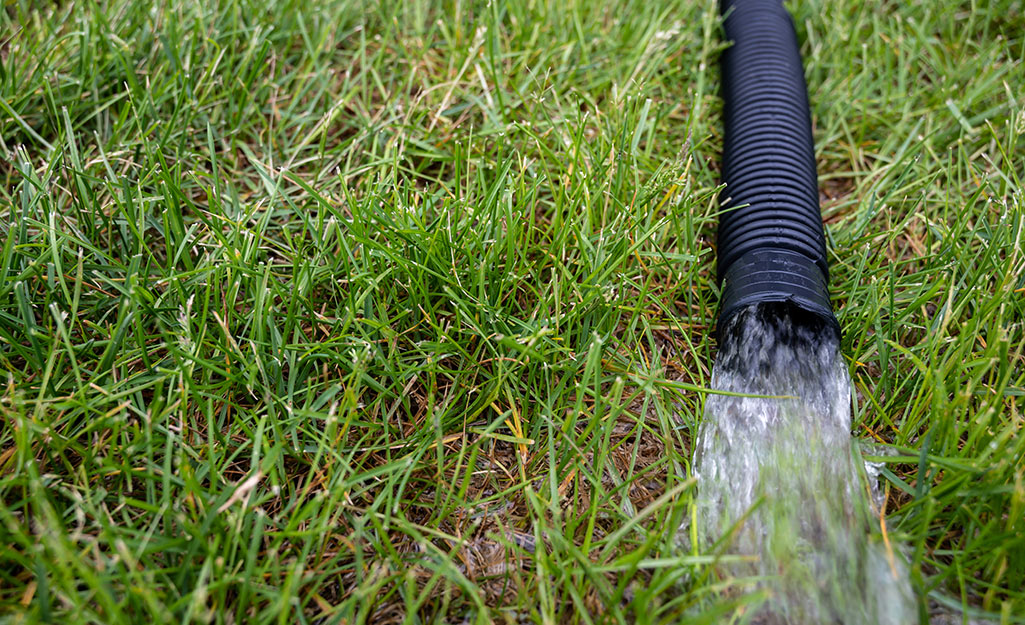
Maintaining your sprinkler system and irrigation pump will keep it performing season after season. Here are some tips:
- Routinely look over your system and replace any broken or missing heads.
- Check your water pressure periodically to make sure all your lawn is being reached.
- Make sure your sprinkler heads are at the right angles for coverage.
- Change control timer each season to maximize or minimize your watering schedule.
Winter in some climates can be hard on sprinkler systems. If you’re in an area where temperatures can go below freezing, winterize your system.
- Disconnect the suction and discharge lines connected to the pump.
- Empty water from all pipes.
- Store the pump indoors during the cold season.
The best irrigation pump for your lawn’s sprinkler system will keep your grass and plants thriving. You can choose a surface, submersible, turbine or propeller pump to power your sprinkler system. Some irrigation pumps are more economical and easier to install than others. Ready to get a new irrigation pump? Use The Home Depot Mobile App to locate products and check inventory. We'll take you to the exact aisle and bay.


